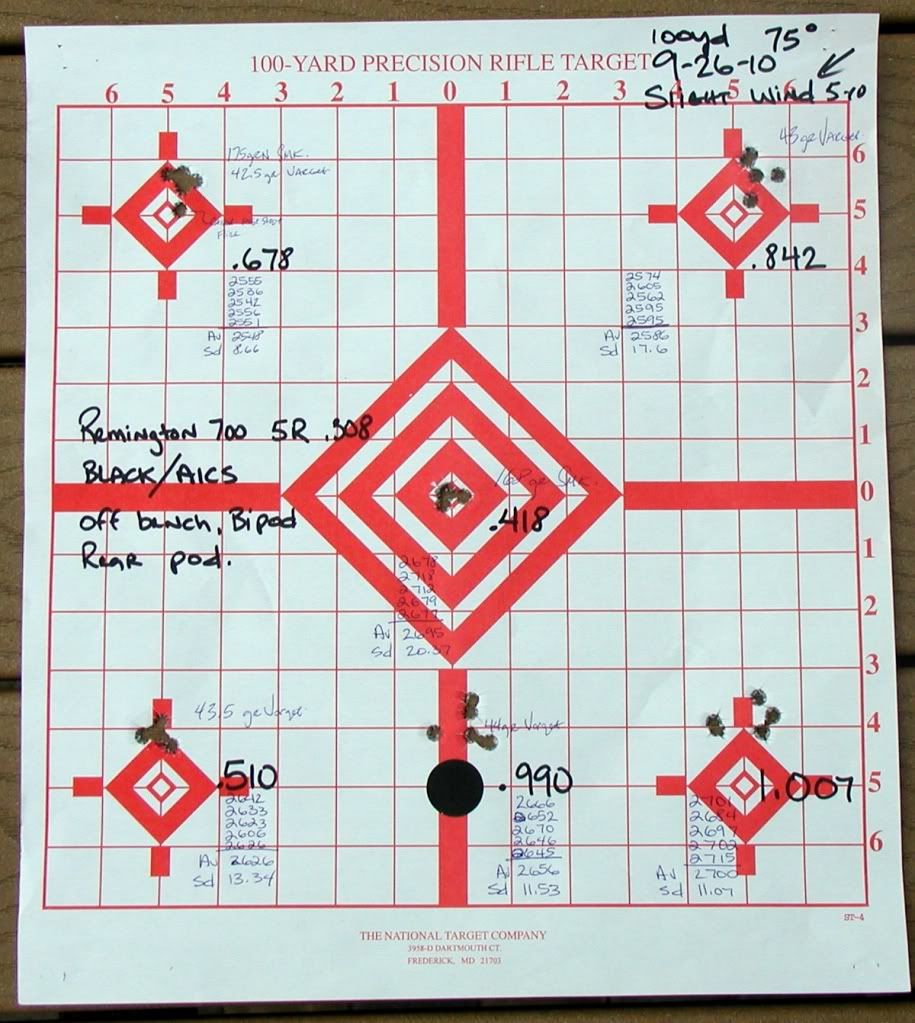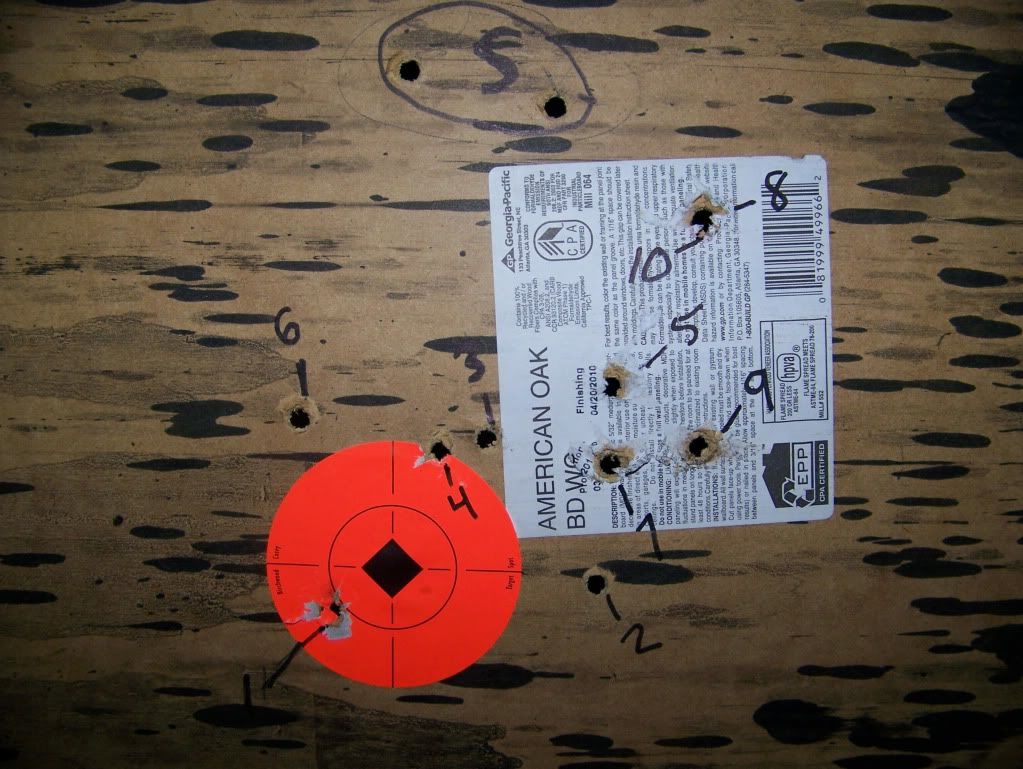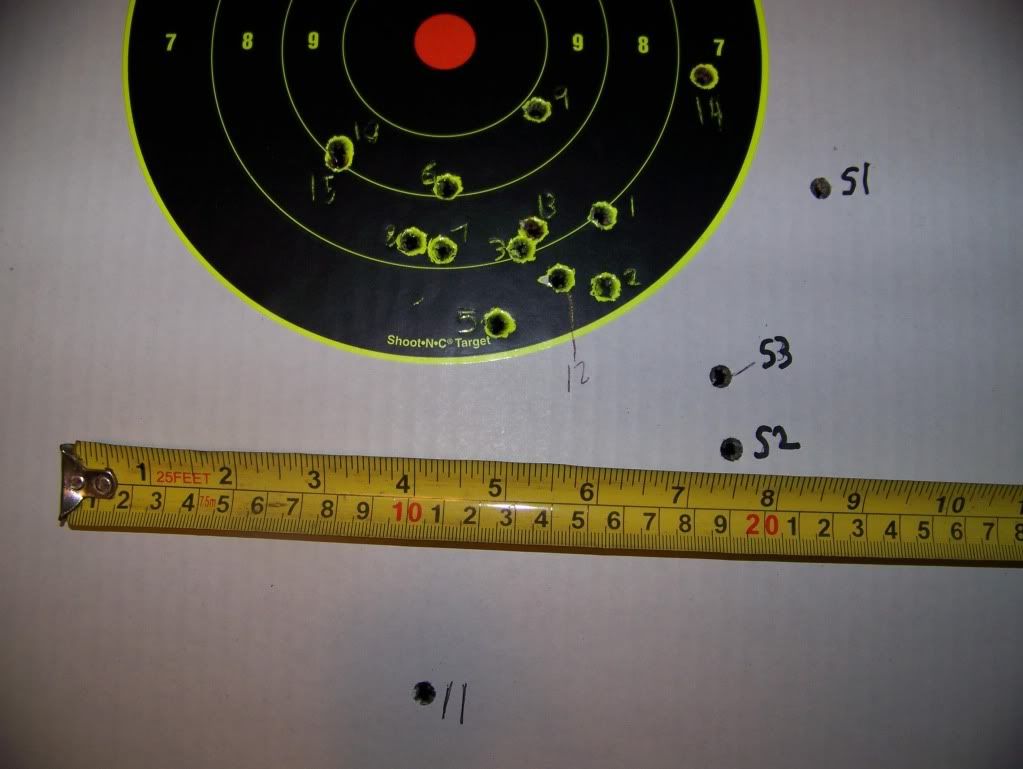Re: Hand Loading for Long Range 4: Powderin' it
VERY INTERESTING. Although I'm a little confused why shots 10 and 11 continued to climb off the paper. If shots 6,7,8,9 were at the peak where the oscillation slows and turns around, I would have expected shots 10 and 11 to be below the group. Perhaps there are multiple sinusoids and there exists another inflection point further up. I'm also not certain that even if the ring harmonics are nearly identical shot to shot, that the "strike" that caused the ring originates at the same location each time, say the top of the chamber. I've "stressed" over this in my load development and index each case with the thin side up ( after removing all cases that do not meet my uniformity standards ) Indexing may allow the ring to always originate at the top, but otherwise, if random, and you don't end up with a ladder, at least you can find the node in the middle. But you've got me curious so I am planning on attempting this, with indexed cases on my bench rifle, and non-index on two other (but accurate) rifles at 1000yds. In addition, I plan to fire 12 round in assending powder loads, clean the rifles, and fire an identical 12 rounds in descending load order. I'll update if I find anything interesting...If there is anything to this ( and I believe there is something ) then the ascending and descending holes should track fairly close. I suspect the multiple sinusoids due at least to barrel temperature changes, and fouling (even with Molly coated bullets) will prevent a strong correlation.
Actually, I think I can answer my own questions. First VELOCITY is the major contributor to the ladder at 1000yrds. At 100 yards, its buried with everything else. Thats why this is titled "Hand Loading for Long Range". Groups 10 and 11 grouped higher because they were going faster...duh.
Now I can hardly wait to see if shooting in ascending order vs descending order makes a difference. I'm less sure now than I was 1/2 hour ago ;^)
















